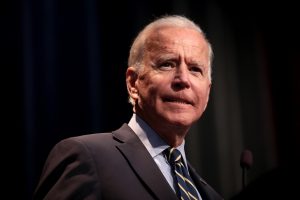[ad_1]

Flowing from the capital, the freeway begins with out promise, an extended, curving scar stretching throughout the navel of Afghanistan. Potholes. Ruts. A bridge destroyed in an airstrike, nonetheless unfixed. Seen symbols of 20 years of conflict, corruption, and neglect alongside the artery that connects the nation’s two largest cities, Kabul and Kandahar.
The battle is over, at the very least because it was identified for the previous 20 years: airstrikes, evening raids, ambushes, roadside bombs, a grass roots insurgency that outmaneuvered the world’s strongest military and its proxies.
Taliban fighters, whose assaults burnished this street’s popularity as “the freeway of dying,” are once more Afghanistan’s rulers. The People have left, however peace stays elusive. There are recent enemies, recent challenges. A whole lot of Afghans have been killed by suicide-bombings and different assaults for the reason that takeover. Tens of millions extra are struggling to seek out work, buy requirements and pay hire amid a number of crises, together with a collapsing economic system, deepening humanitarian woes and drought.
If roads might be the chroniclers of a nation, transporting not simply passengers and items but additionally the tales, aspirations and fears of a folks, then the 300-mile journey from Kabul to Kandahar on Nationwide Freeway 1 unveils Afghanistan’s previous, current and future in all its cataclysms and yearnings.
Largely rebuilt after 2001 with American funding at a price of at the very least $300 million, the freeway flows by means of 5 provinces: Kabul, Maidan Wardak, Ghazni, Zabul and Kandahar. Erasing hours of journey time, it was supposed to win the hearts and minds of Afghans and bolster the nation’s economic system — a lot that in 2004 President George W. Bush publicly praised its speedy building. As an alternative, it turned a conflict zone and an emblem of American failure.
[ad_2]








Leave a Reply